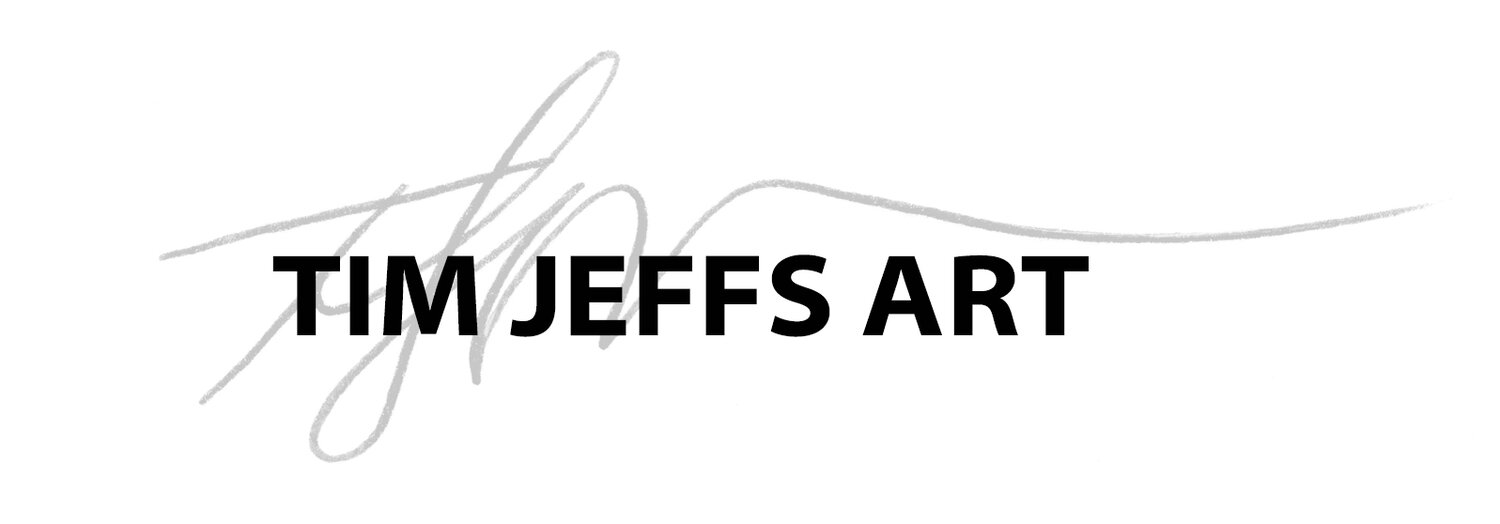Meet Tamsin Orr-Walker
Ensuring that animals have a future is part of my work’s mission.
I spoke recently with Tamsin Orr-Walker, founder and Chair of the Kea Conservation Trust, about her work and what makes the kea so special.
I partnered with the Kea Conservation Trust and created a special lesson to raise awareness and funds to help protect this endangered parrot. A percentage of the proceeds will be donated directly to the Trust. The lesson and coloring page are available HERE.
Photographs and illustrations show the great beauty and magnificent color of the kea. What more should we know about these mountain parrots?
They are highly intelligent (similar intelligence to the great apes and a 4 year old human child) and are endangered with an estimated 3,000 - 7,000 remaining in the wild. They are one of the most ancient parrot lineages in the world, along with kakapo and kaka, diverging from other parrot species 85-55 million years ago.
What are some of the primary challenges the kea face in the wild and how has the Kea Conservancy addressed these challenges?
Introduced mammalian predators such as ferrets, stoats, feral cats, rats and possums have a huge impact on kea, killing chicks in their ground-based nests as well as adults out foraging on the forest floor. Additionally, kea have a high incidence of lead poisoning in all areas close to human habitation. This is due to Kea nibbling at and ingesting toxic lead head nails and flashings from old buildings. Kea also pick up lead from the carcasses of animals shot with lead ammunition. Removal of lead from kea habitat and control of introduced mammals is therefore a priority for the keas survival. The Kea Conservation Trust (KCT) aims to increase awareness and encourage action to reduce these two major threats. Additional threats include ongoing human conflict, feeding of wild kea and accidental killing as a result of kea eating or investigating human rubbish, poisons, traps and property (including cars).
Why is it important to support local New Zealand efforts to aid the kea?
Kea are taonga (treasure) to Maori and unique to New Zealands South Island. They are integral to the ecosystem of Te Wai Pounamu being a major seed disperser and potential pollinator of alpine vegetation. They are also scavengers and as such may play a 'cleaner' role, similar to that of wolves in Yellowstone National Park.
What’s the value of those who live outside New Zealand in supporting these efforts?
We are a global community who all have a role to play in caring for and protecting threatened species globally. Increasing awareness of our impact on wildlife and their fragile ecosystems is vitally important to not only ensure these animals dont become extinct, but also that the health of our biosphere is protected which in turn will ensure our own survival.
The kea are known for seeking out humans and for having a “clown-like” personality. Do you have any stories you can share?
Kea (in particular, young kea) are highly inquisitive and are attracted to human activity. They are also extremely social and are often seeing playing with each other. There are a huge number of humorous stories of kea locking people in huts, throwing sticks or stones at people and dogs to get their attention, breaking into houses and pubs and wreaking havoc (in one case with a weka!) while the owners are away, sliding down snowy roofs and slopes and generally just playing the clown. Unfortunately, these behaviours also get kea into strife with people and human- kea conflict is a very real ongoing issue threatening the species. Historically, at least 150,000 kea were killed in a government bounty because they were considered a nuisance and some were found to attack sheep. Keeping the remaining kea we have safe around people and ensuring they dont get fed, are important messages to share with visitors in kea habitat.
Please you tell us how you got involved with Kea Conservation.
My first interaction with kea was when I worked as a zookeeper in Auckland almost 20 years ago. I was so fascinated with their intelligence and their persistently inquisitive and gregarious nature that I went back to university and began researching kea behaviour in captivity in an effort to increase husbandry standards for them. Along the way I realised that little was known about their status in the wild. This lead to myself and three others founding the Kea Conservation Trust in 2006 in an effort to address both these issues.
Is there anything else you’d like us to know about either the Kea or your efforts to aid them?
We are a small organisation faced with a very big challenge; to protect and support kea populations across an area of over 3.5million hectares of NZs South Island. In order to acheive this we need the support of local communities and businesses, researchers and kea enthusiasts both in New Zealand and overseas. To find out how communities are getting involved and helping us achieve our aims please visit our projects page www.keaconservation.co.nz/projects-research/ . If you would like to join in our efforts to protect NZs unique and charismatic parrot, contact us at the Kea Conservation Trust!

